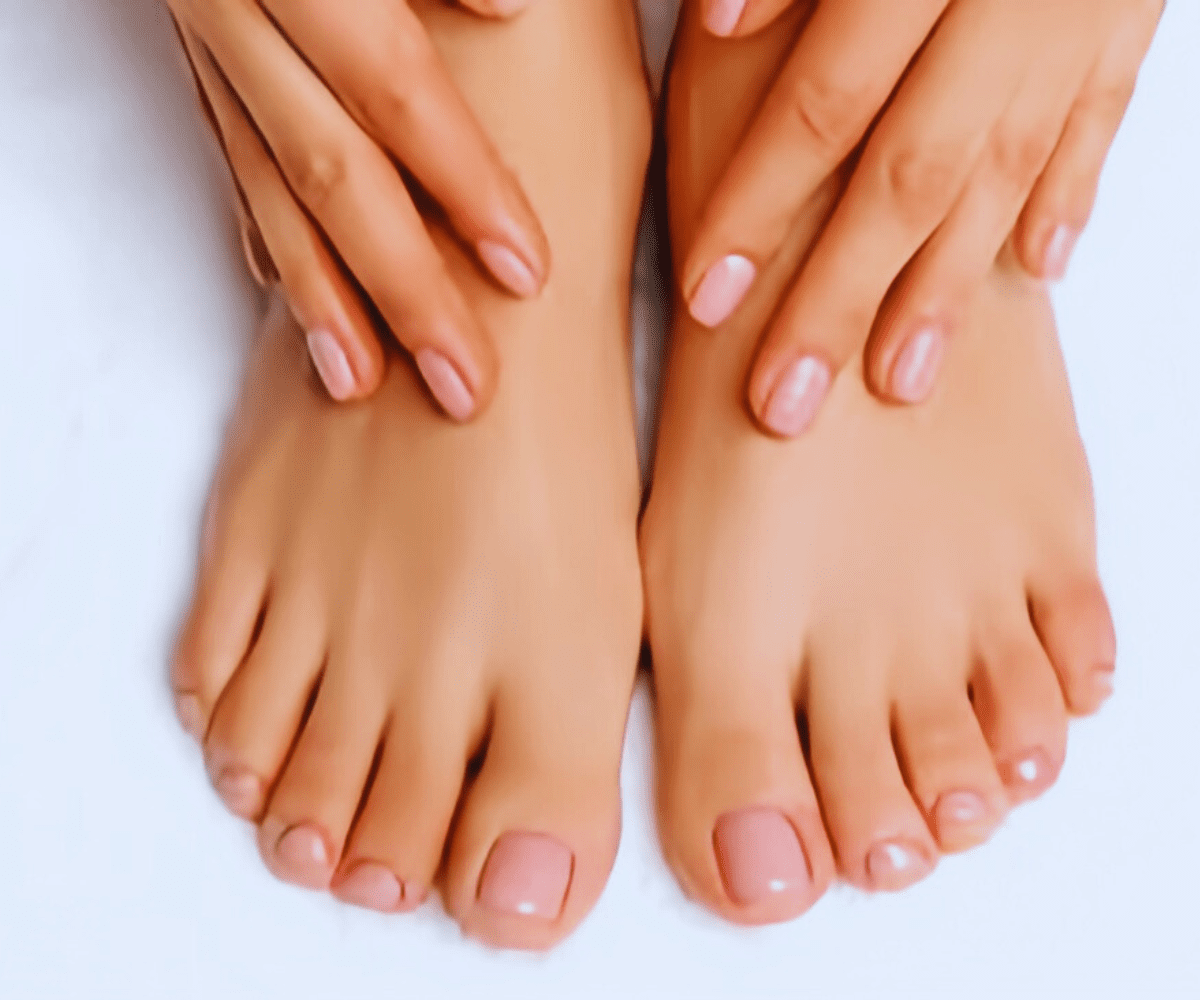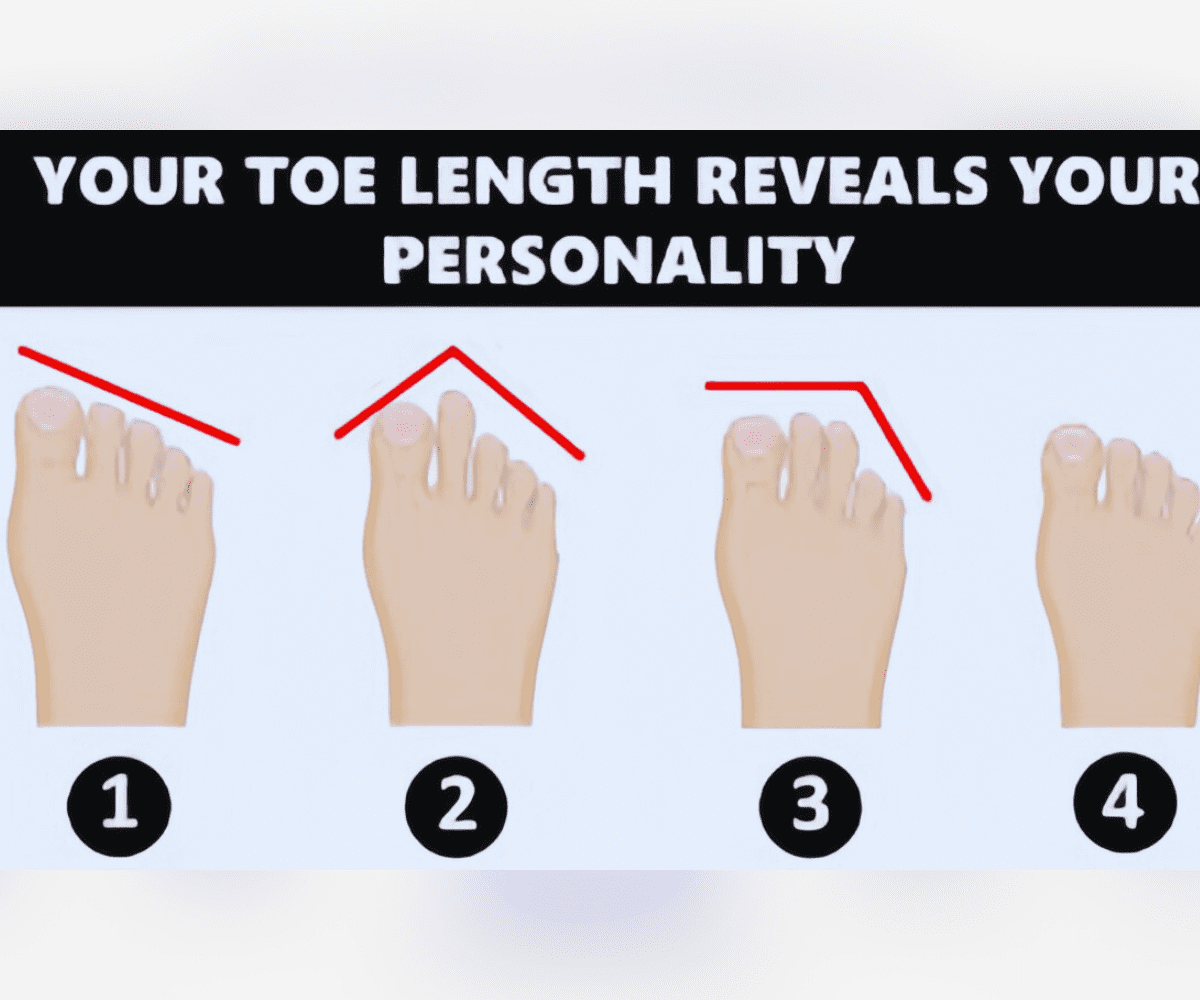How to Keep Your Feet Fingers Healthy


Our feet and fingers are essential parts of our bodies that often go unappreciated until we experience discomfort or pain. Taking care of these extremities is crucial for maintaining overall health and well-being. In this helpful guide, we’ll look at how to take care of your feet and fingers. We’ll give useful advice to keep these important parts of your body healthy.
The Importance of Foot Care
Our feet bear the weight of our entire body and play a pivotal role in our mobility and daily activities. Ignoring foot care can cause many problems, like blisters, hard skin, painful bumps, and even serious issues like foot pain and joint swelling. Taking care of your feet not only makes them feel better but also keeps your whole body healthier.
Choosing the Right Footwear
Wearing ill-fitting or improper footwear is one of the leading causes of foot problems. When selecting shoes, consider the following factors:
- Proper Fit: Ensure that your shoes fit snugly but comfortably, with enough room for your toes to move freely.
- Arch Support: Look for shoes with proper arch support to distribute your weight evenly and reduce strain on your feet.
- Cushioning: Opt for shoes with adequate cushioning to absorb shock and reduce impact on your joints.
- Breathability: Choose shoes made from breathable materials to prevent excessive sweating and odor.
Maintaining Foot Hygiene
Good foot hygiene is essential for preventing infections, unpleasant odors, and other issues. Follow these simple steps:
- Regular Washing: Wash your feet daily with warm water and mild soap, paying special attention to the spaces between your toes.
- Drying Thoroughly: Ensure that you dry your feet completely, especially between the toes, to prevent fungal growth and bacterial infections.
- Moisturizing: Apply a moisturizing lotion or cream to your feet, avoiding the spaces between your toes, to keep your skin supple and prevent cracking.
- Trimming Nails Properly: Cut your toenails straight across to prevent ingrown nails and other foot problems.
Exercising Your Feet
Regular foot exercises can improve circulation, strengthen muscles, and prevent common foot conditions. Here are some simple exercises you can incorporate into your daily routine:
- Toe Raises: While seated, raise your toes off the ground, hold for a few seconds, and then lower them back down. Repeat this exercise several times.
- Ankle Rotations: Sit comfortably and rotate your ankles in a circular motion, both clockwise and counterclockwise.
- Towel Curls: Place a towel on the floor and use your toes to scrunch it up, then release. Repeat this exercise several times.
The Importance of Finger Care
Our feet carry our body’s weight and help us move around every day. Ignoring foot care can cause issues like blisters, hard skin, and toe problems. It might even lead to serious conditions like sore heels and swollen joints. Taking care of your feet not only stops them from hurting but also keeps you healthier overall.
Maintaining Proper Hand Posture
Improper hand posture can strain your fingers and wrists, leading to discomfort and potential injuries. Practice the following techniques:
- Keyboard and Mouse Positioning: Ensure that your keyboard and mouse are positioned at a comfortable height and distance to avoid excessive strain on your fingers and wrists.
- Wrist Rests: Use wrist rests to keep your hands and wrists in a neutral position while typing or using a mouse.
- Exercise Breaks: Take regular breaks from repetitive tasks to stretch and exercise your fingers and hands.
Finger Exercises and Stretches
Regular finger exercises and stretches can help improve flexibility, increase blood flow, and prevent stiffness and discomfort. Here are some simple exercises to incorporate into your routine:
- Finger Bends: Gently bend your fingers inward, making a fist, and then straighten them out. Repeat this exercise several times.
- Finger Stretches: Extend your arm and gently pull each finger back towards your wrist, holding for a few seconds.
- Finger Taps: Place your hands flat on a surface and tap each finger individually, lifting it off the surface and tapping it back down.
Proper Grip and Positioning
When you do tasks that involve holding or moving things, it’s important to position your hands and fingers correctly to avoid hurting yourself. Follow these guidelines:
- Grip Strength: Use an appropriate amount of force when gripping objects, avoiding excessive tightness or strain.
- Ergonomic Tools: Consider using ergonomic tools or aids that reduce the stress on your fingers and hands.
- Varied Activities: Alternate between tasks that require different hand and finger positions to prevent overuse and strain on specific areas.
Foot and Finger Care for Specific Conditions


While the general tips mentioned above are beneficial for overall foot and finger health, certain conditions may require additional care and attention. Here are some common conditions and their respective care recommendations:
Diabetes and Foot Care
Individuals with diabetes are at a higher risk of developing foot problems due to potential nerve damage and poor circulation. Follow these tips for proper diabetic foot care:
- Regular Foot Inspections: Perform daily foot inspections to check for cuts, blisters, or other issues that may lead to infections.
- Proper Footwear: Wear well-fitting, supportive shoes with good cushioning to protect your feet.
- Foot Hygiene: Maintain excellent foot hygiene by washing and drying your feet thoroughly, and moisturizing regularly.
- Seek Professional Help: Consult with a podiatrist or diabetes specialist if you notice any foot problems or have difficulty caring for your feet.
Arthritis and Finger Care
Arthritis can cause stiffness, pain, and limited mobility in the fingers and hands. To manage arthritis symptoms and maintain finger health, consider the following strategies:
- Heat and Cold Therapy: Apply heat or cold therapy to reduce inflammation and alleviate pain in the affected fingers and joints.
- Range-of-Motion Exercises: Perform gentle range-of-motion exercises to maintain flexibility and mobility in your fingers.
- Assistive Devices: Use ergonomic pens, grips, or other assistive devices to reduce strain on your fingers and hands.
- Medication and Professional Care: Consult with a healthcare professional for appropriate medication or treatment options to manage arthritis symptoms.
Conclusion
It’s important to keep your feet and fingers healthy for your overall health and to do daily tasks easily. This guide gives tips to help you take care of them and avoid problems. If you have ongoing pain or worries about your foot or finger health, it’s best to see a doctor like a podiatrist or hand therapist.
FAQs
How often should I replace my shoes?
It’s generally recommended to replace your shoes every 6 to 12 months, depending on your activity level and the type of shoes. Signs that it’s time for a new pair include worn-out soles, lack of cushioning, or visible signs of wear and tear.
Is it safe to walk barefoot at home?
While walking barefoot at home can be comfortable and natural, it’s important to ensure that your indoor surfaces are clean and free of potential hazards. Consider wearing slippers or shoes if you have any foot conditions or if your floors are prone to debris or sharp objects.
How can I prevent ingrown toenails?
To prevent ingrown toenails, trim your nails straight across, avoid cutting them too short, and wear properly fitting shoes that don’t put excessive pressure on your toes. If you notice an ingrown toenail, seek professional treatment to prevent further complications.
Is it normal for my fingers to crack or pop occasionally?
Occasional cracking or popping of the fingers is generally harmless and can be caused by the release of gas bubbles within the joints. However, if the cracking or popping is accompanied by pain, swelling, or limited mobility, it may indicate an underlying condition that requires medical attention.
Should I wear gloves while doing manual tasks?
Wearing gloves can be beneficial when performing manual tasks that involve gripping, lifting, or handling rough or abrasive materials. Gloves can protect your fingers from blisters, cuts, and calluses, as well as provide a better grip and reduce strain on your hands.
Remember, taking care of your feet and fingers is an investment in your overall health and well-being. By following the tips

